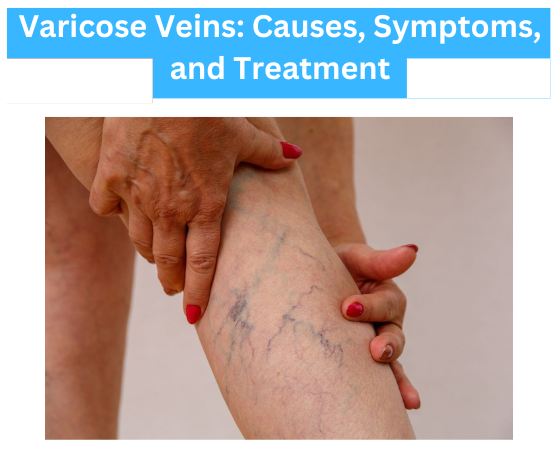Varicose veins are a common condition that affects many individuals, causing discomfort and unsightly bulging veins in the legs. Understanding the causes, symptoms, and treatment options for varicose veins is essential for managing this condition effectively. In this article, we will delve into the key aspects of varicose veins, exploring the underlying causes, identifying common symptoms, and discussing the various treatment options available to alleviate the discomfort associated with this condition.
Causes of Varicose Veins
Varicose veins occur when the valves in the veins of the legs do not function properly, leading to a buildup of blood and increased pressure in the veins. This results in the veins becoming enlarged, twisted, and bulging, causing discomfort and cosmetic concerns for many individuals. Some common risk factors that contribute to the development of varicose veins include:
- Genetics: Family history plays a significant role in increasing the likelihood of developing varicose veins. If your parents or close relatives have varicose veins, you may be more susceptible to this condition.
- Prolonged Standing or Sitting: Jobs or activities that require long periods of standing or sitting can put added pressure on the veins in the legs, increasing the risk of developing varicose veins.
- Pregnancy: Hormonal changes and increased blood volume during pregnancy can lead to the development of varicose veins in some women.
- Obesity: Being overweight or obese can put additional strain on the veins in the legs, leading to the development of varicose veins.
Symptoms of Varicose Veins
The symptoms of varicose veins can vary from person to person, but common signs to look out for include:
- Visible veins: Bulging, twisted veins that are visible on the surface of the skin are typical symptoms of varicose veins.
- Aching or heaviness in the legs: Many individuals with varicose veins experience aching, heaviness, or discomfort in the legs, especially after prolonged periods of standing or sitting.
- Swelling: Swelling in the legs, ankles, or feet may occur as a result of increased pressure in the veins.
- Itching or burning: Some individuals may experience itching or burning sensations around the affected veins.
If you are experiencing any of these symptoms, it is essential to consult with a healthcare professional for proper diagnosis and treatment.
Treatment of Varicose Veins
There are several treatment options available to manage varicose veins and alleviate the associated symptoms. Some common treatments include:
- Compression stockings: Wearing compression stockings can help improve blood flow and reduce swelling in the legs.
- Lifestyle changes: Making changes such as exercising regularly, maintaining a healthy weight, and avoiding prolonged periods of standing or sitting can help manage varicose veins.
- Sclerotherapy: This minimally invasive procedure involves injecting a solution into the affected vein, causing it to collapse and eventually fade.
- Surgical procedures: In severe cases, surgical procedures such as vein stripping or laser ablation may be recommended to remove or close off the affected veins.
It is essential to consult with a healthcare professional to determine the most appropriate treatment plan for your specific condition.
In conclusion, varicose veins are a common condition that can cause discomfort and cosmetic concerns for many individuals. By understanding the causes, symptoms, and treatment options for varicose veins, you can take proactive steps to manage this condition effectively and improve your quality of life. If you are experiencing symptoms of varicose veins, don’t hesitate to seek professional medical advice for proper diagnosis and treatment.







